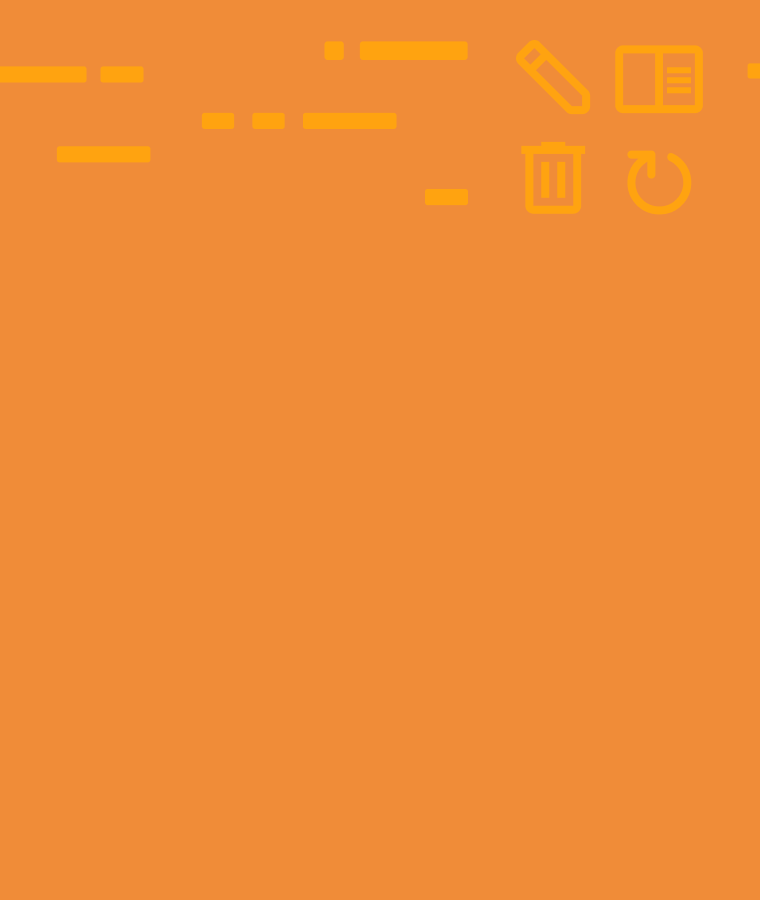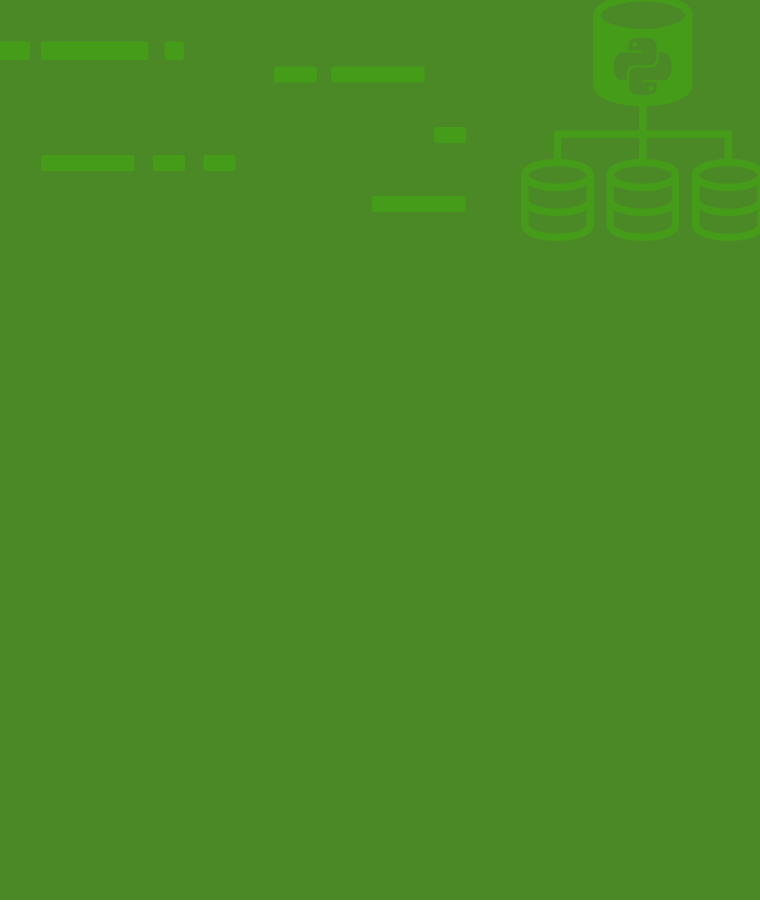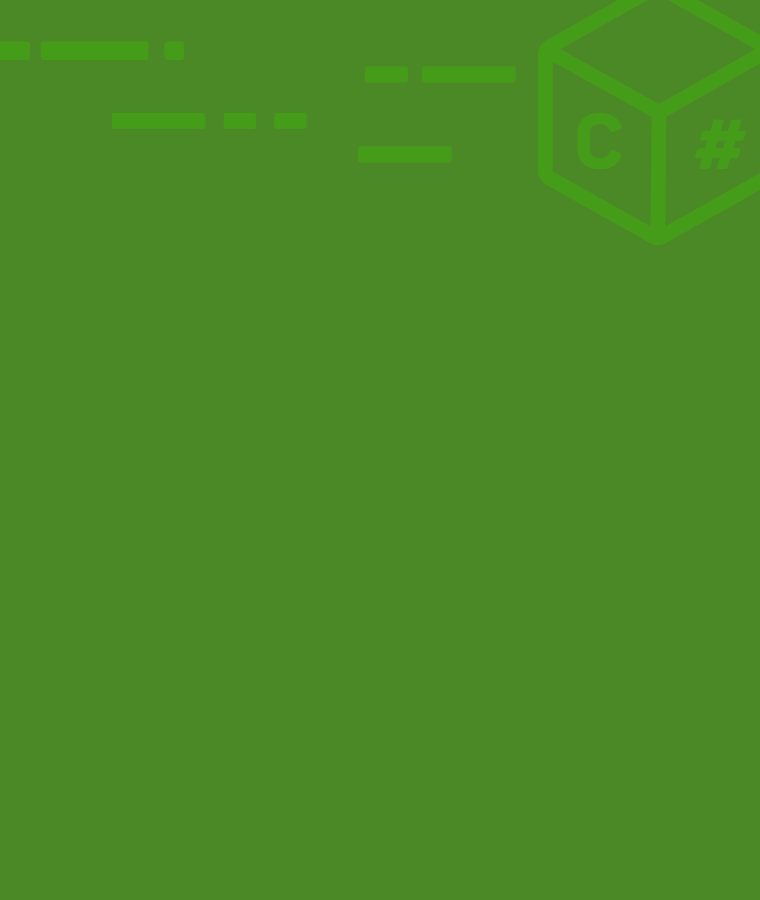
What is CRUD?
If you’re a developer or programmer, you may have come across CRUD. So, What does CRUD stand for? And why is this term used a lot? Let’s understand.
CRUD refers to Create, Read, Update, Delete. These are the basic functions in any model to make it complete. The origin of the term CRUD is often credited to James Martin in his 1983 book “Managing the Database Environment”.
In the programming world, CRUD is a very famous term. In every app that handles data, these functions are often implemented. Otherwise, the functionality of the app remains incomplete. In simple words, we should be able to “create” data and “read” it. We must be able to “delete” when required, or “update” otherwise.
What CRUD stands for?
CRUD simply stands for Create, Read, Update, Delete, and these are what make any app complete. Let’s go through a real-world example to understand further:
Whenever a new employee joins the company, a new record for that employee is “created”. The manager or HR can “Read” these records when required. If anything changes, like their phone number or email address, they have to “update” it. Similarly, if they leave the company, the company can “delete” their record. (Although companies maintain the record of employees and “update” the status with inactive).
How is CRUD used For Programming?
Now comes the real question, how is the term mapped in the programming world? How do developers actually implement CRUD? Let’s go through another fun example:
A developer wants to maintain his own favorite song lists. So, he decides to create an app to store all his favorite songs. He also decides to share the app with his friends so that they can maintain their favorite songs too. Now, for the app to be complete, he must add these:
Create: Everyone must be able to save their songs. For that, in programming terms, they’ve to create a record. The record must contain the song name, a link to the song, or maybe the artist’s name. They can store that in a library for songs. Also, they can create libraries with different names for different genres. In this situation, the developer has to store the song info along with libraryID to refer to the library.
Read: Each of the individuals is maintaining their song library for a reason. They want to go back to those libraries and check the list of their favorite songs. That’s why they must be able to “read” the information they previously stored. The developer will create a function to display the record of songs as per the library name. That function must call a song list with a uniqueID of the library to differentiate.
Update: Since there is information, anyone can decide to update it too. They may want to change the name of the library, or simply add more details about a song. A function must be present to update the record according to libraryID and songID.
Delete: It can turn hectic to maintain all your favorite songs over the years. Your choice can change, or you can simply decide you don’t want to listen to that song anymore. That’s why developers have to implement a function to delete certain songs, or even libraries too.
In other words, without the four basic elements that comprise CRUD, any app is incomplete. (More complex apps may require even more elements to be complete).
Because these operations are so fundamental, they are often described under one heading. Depending on the basic storage unit for the particular app, heading names include:
- Contact management
- Content management
- Contact maintenance
- Document management
If you come across these while learning a programming language, you are dealing with CRUD.
What is CRUD in terms of Database?
Simply said, databases are used to store data. Though there are many types of databases, the popular type is “relational database”. (In relational databases, each entity is linked or related to another entity. Employees are related to departments in a company. That’s why an employee can be linked through “deptID” code.)
A popular database is MySQL, which uses SQL. Each element in the CRUD maps to a standard Structured Query Language (SQL) statement.
In terms of SQL, the corresponding terms are:
- Create = Insert
- Read = Select
- Update = Update
- Delete = Delete
Simply, we write the query insert data, update it, delete it, or select it. When we insert data, it is stored in a table with the name of the entity. For example, we will insert an employee record into the employee table. Then, we can uniquely identify or select the employee with employeeID.
Other than databases, CRUD is also used in the Hypertext Transfer Protocol (HTTP) method (used to build RESTful APIs). It is also used for Data Distribution Service (DDS) operation.
For HTTP, the terms pair as:
- Create = Put/Post
- Read = Get
- Update = Put/Post/Patch
- Delete = Delete
If you see it this way, CRUD is simply a paradigm to ensure basic functions. It doesn’t matter what programming language or protocol you’re using. It is sort of like a checklist to complete an application.
How Can I Practice CRUD?
Whenever you will create an app or software, you’ll have to abide by the CRUD guide to ensure it is complete. It is not a coding language or principle itself, but instead, refers to an idea or guiding principle. This principle helps in creating a fully functional app and performing database operations. It is the backbone of data manipulation in all modern web apps and desktop apps.
To master CRUD, you have to practice through a language. The best choice to learn the basics of data manipulation is through learning SQL. You can start with this amazing course on SQL offered by SoloLearn. It covers all the basics and some advanced concepts that are useful in SQL. Also, you learn through practice projects and challenges. Completing these challenges will build your confidence in your SQL skills.
Still, if you intend to go more on the Web development side, you’ll be using SQL to get data. Also, to communicate to the database, you’ll have to use the HTTP protocol. That’s why learning and practicing CRUD is essential for all programmers to be!


